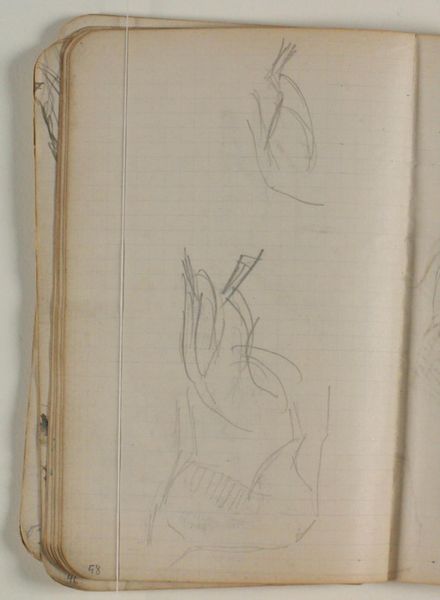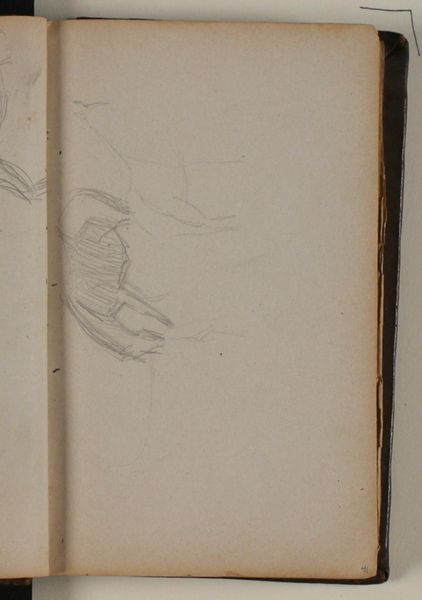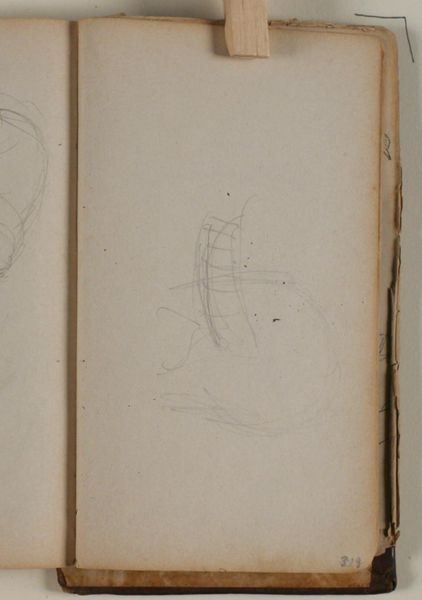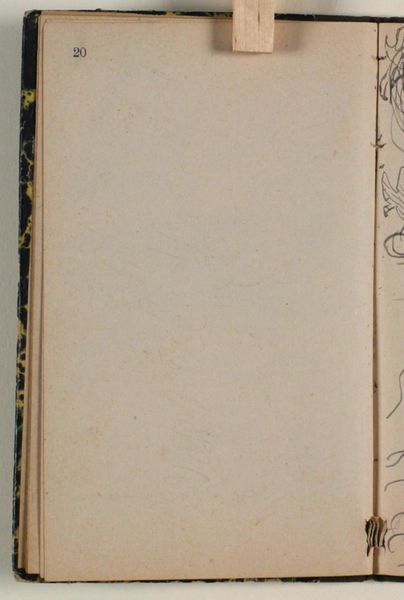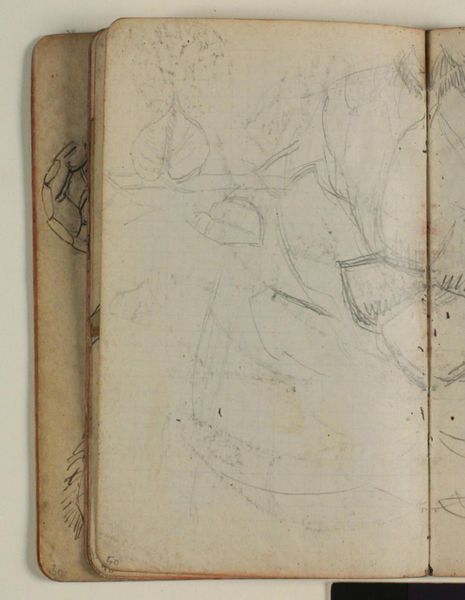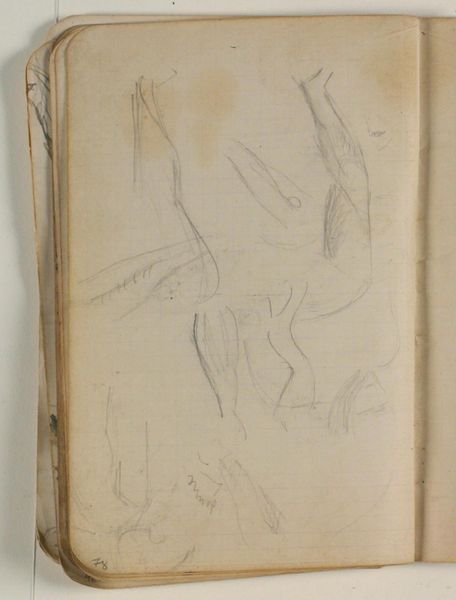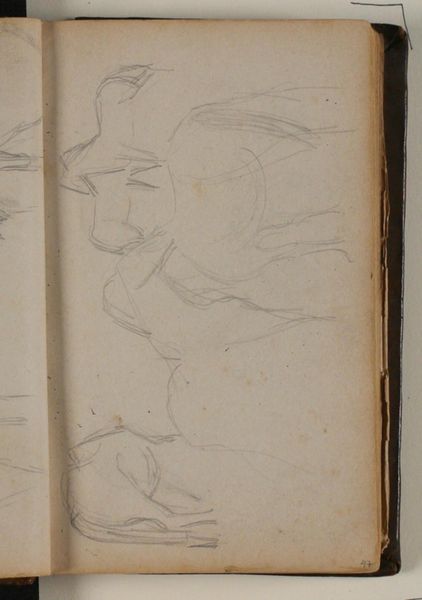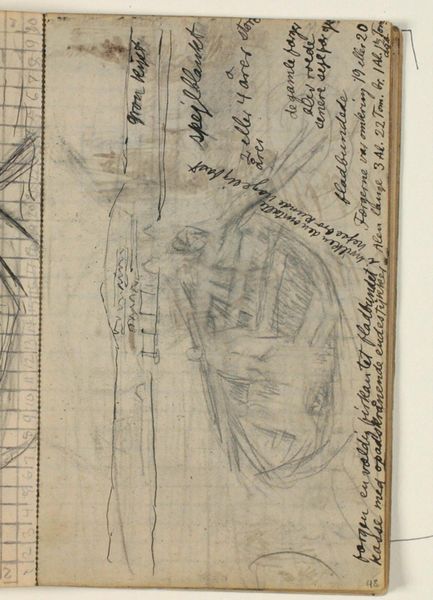
Studier af ægyptiske statuehoveder og blomster med farveangivelser 1906 - 1910
0:00
0:00
drawing, coloured-pencil, paper
#
drawing
#
coloured-pencil
#
paper
#
coloured pencil
Dimensions: 161 mm (height) x 96 mm (width) (bladmaal)
Curator: We see here Niels Larsen Stevns' "Studies of Egyptian Statue Heads and Flowers with Colour Indications," made between 1906 and 1910 using drawing, coloured pencil, and paper. Editor: It feels like a peek into the artist’s mind, a collection of sketches revealing a moment of artistic investigation. What does this juxtaposition of ancient Egyptian sculpture with delicate flower studies suggest to you? Curator: Precisely! It reveals the artist's process and working method through readily available, economic materials: paper and pencil. These studies aren’t about creating a finished, precious object, but about labour – Stevns’ act of seeing, interpreting, and recording. We see a focus on both high art—sculptural studies—and common natural forms of the time. How do you see those elements connecting in early 20th-century Danish culture? Editor: Well, maybe he's exploring the link between human artistry and the natural world, or perhaps it's about bringing grandeur and simplicity into the same creative space. The raw, almost utilitarian nature of the materials used makes the viewer focus on what’s been made with them. Curator: Absolutely! Consider also that these materials democratize art creation. No need for expensive oils or marble; artistic exploration is opened to a wider segment of society, focused more on idea than inherent value. Notice the inscriptions - attempts to categorize with the colour indications! Do you see in this method a shift towards modern concerns with classifying production? Editor: Definitely! Seeing the notes on colour, the names of the flowers, it reminds me how much science played into the art world's methods at the time, influencing even sketching. Curator: Exactly. These "studies" represent a specific time of labour—a method of observation available across society to classify the world in terms of its creation, material reality and production, collapsing boundaries between art, craft and daily work. Editor: I never considered that the sketch itself is part of a social trend. That focus changes the entire work for me. Curator: It certainly casts the entire page in a different light, doesn't it?
Comments
No comments
Be the first to comment and join the conversation on the ultimate creative platform.

